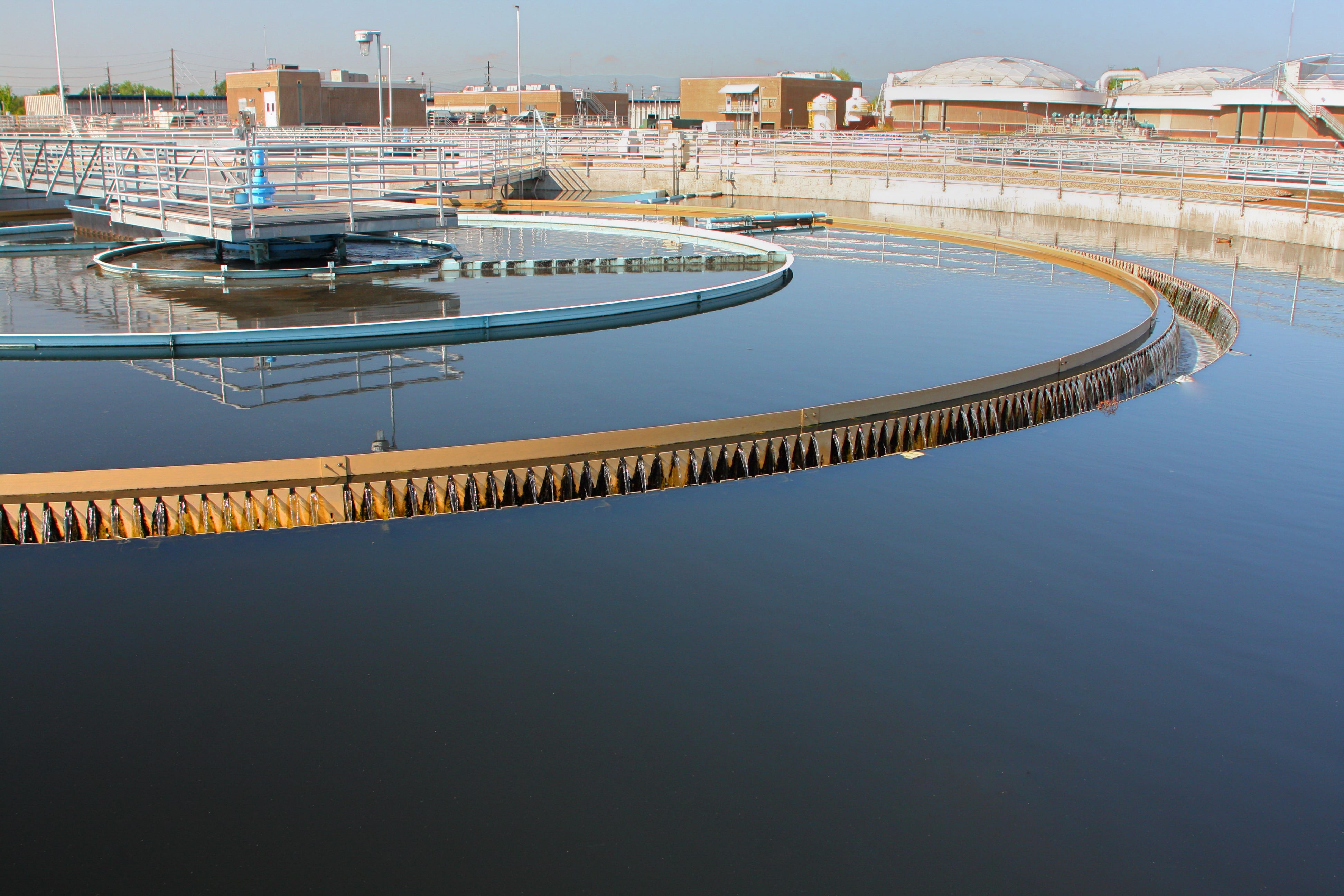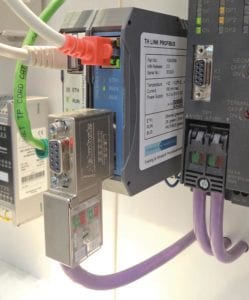
FDT Technology Simplifies Network Configurations, Improves Efficiency for Colorado Water Treatment Plant.
Updated Wastewater SCADA System Cuts Failures, Adds Security
The U.S. continues to see significant infrastructure investments, and the water and wastewater industry is no different. Automation expenditures in this industry will increase by a compound annual growth rate (CAGR) of almost 8 percent over the next five years, according to a 2013 report released by ARC Advisory Group.
The Littleton/Englewood Wastewater Treatment Plant (L/E WWTP), the third largest publicly owned treatment works (POTW) in the state of Colorado, operates a state-of-the-art process automation system. However, constant intermittent network problems with its supervisory control and data acquisition (SCADA) created workforce inefficiencies and safety issues.
The wastewater plant serves the cities of Englewood and Littleton, Colo., plus 17 other connector districts, processing 23 million gallons of wastewater each day. The plant’s SCADA technician, Joe Morrissette, is responsible for the management of the entire process control system, including all associated instruments and process networks.
Intermittent Network Gateway Failures
L/E WWTP counts on about 35 network gateway access points to monitor and troubleshoot all the instruments and processes within its industrial networks. “All of our process instruments communicate via Profibus so that we can have
remote access to the instruments,” Morrissette says. “We use Profibus-enabled instruments in several critical areas, including our influent channels.”
These industrial network gateways collect and aggregate a wide variety of in-depth, real-time data, but growing communication issues with existing network management put some process control at risk. “The gateway unit was routinely inaccessible,” Morrissette says. “Sometimes, it would take four or five attempts before I could connect at all.” Even when he was able to connect to the network, Morrissette sometimes experienced a dropped connection.
Flow meter communication is vital. “We have a small wet well to hold influent flow in the event that our raw sewage pumping system failed, so it is absolutely critical that we can depend on the instruments that measure level and flow in these channels,” Morrissette says. “In the event that a flow meters fails, we have immediate remote access through the gateways that allow us to do an in-depth evaluation of the instrument without going into the field and make a quick decision on a solution. These flow meters also determine the revenue that is generated by our influent flow, another critical element.”
Ultimately, these problems caused inconvenient interruptions to a variety of critical tasks and posed a real risk to plant operations.
Side-by-Side Test
With an eye to finding something to replace the units that were currently putting the plant at risk, Morrissette began researching competitive products and settled on TH Link gateways from Trebing + Himstedt. During this research phase, the supplier of the existing gateway units announced that it was discontinuing the model that had been in use, and invited Morrissette to test drive the new version. He agreed, and the single-product pilot became a side-by-side road test.
“The installed base of process instruments at our plant is 99 percent Endress+Hauser,” Morrissette says. “Endress + Hauser has such a large product line that offers Profibus as a communication option, and thus works very well with FieldCare, because of the certified DTMs. The Trebing + Himstedt’s TH Link gateway was chosen to streamline the communications from the Profibus network back to the Endress+Hauser’s Fieldcare software interface”
Fieldcare is device configuration and asset management software that is based on the field device tool (FDT) standard and delivers robust configuration and diagnostics application at the device level through smart device type managers (DTMs).
“It’s all about the DTMs. We provide a certified CommDTM for our gateway hardware—TH Link Gateways—and device vendors offer Device DTM for their field devices and they operate together in an FDT Frame Application, which is Fieldcare from Endress+Hauser in this case,” says Bernd Kremer, general manager at Trebing + Himstedt. “So our TH Link plus the reliable CommDTM software is a sort of enabler for a very efficient device management and device diagnosis down in the field from the maintenance room.”
“One example of how important a certified DTM is can be seen with our chemical metering pumps for our disinfection system,” Morrissette adds. “The manufacturer of the pump does offer a Profibus option, but their DTM—not FDT-certified—is horrible and has no functionality through a gateway, so without the benefits of remote accessibility, we do not use their Profibus version in critical areas.”
With the ultimate goal of remote monitoring for critical applications, the wastewater plant was encouraged with the pilot project and what Fieldcare software could offer in the control room. Fieldcare’s robust functionality serves a wide range of process applications, such as the ability to choose from a list of standard fluids or import custom data from an Excel spreadsheet to calculate the required coefficients. From the control room, then, the correct coefficients can be downloaded directly into the flow meter.
Quick Integration
Morrissette also appreciated the compact design of the TH Link unit. “The space limitations of our control cabinets can become a problem with larger units, but the streamlined design and smaller physical footprint of the TH Link model made that a non-issue,” he says.
Safety Ramifications
The L/E WWTP systems that Morrissette manages are process-critical systems that require close monitoring and quick resolutions if anything goes wrong. “The consequences of an issue going undetected or un-diagnosed are not just financial, but have serious safety and environmental repercussions as well,” he says. “In the same way that you don’t want to wonder if the fire truck is going to start when the alarm goes off, I don’t want to have to wonder if my gateway is going to connect when I need to check an issue.”
In one example during the pilot project, Morrissette was able to address and resolve a network issue while away on vacation. The mobile accessibility provided by TH Link made it possible for him to remotely access the Profibus network through the gateway and go online to the instrument having problems, all from his hotel room.
L/E WWTP has been using TH Link for a year, and has continued to receive consistent, reliable performance. “I wasn’t expecting either product to outperform the other, but I’m glad I opted to test them both,” Morrissette says. “The test made it clear which product was the best fit for my needs, and now we have a system that is more secure, more responsive, and easier to manage.”
Authored By: Grant Gerke,
Automation World Contributing Writer
